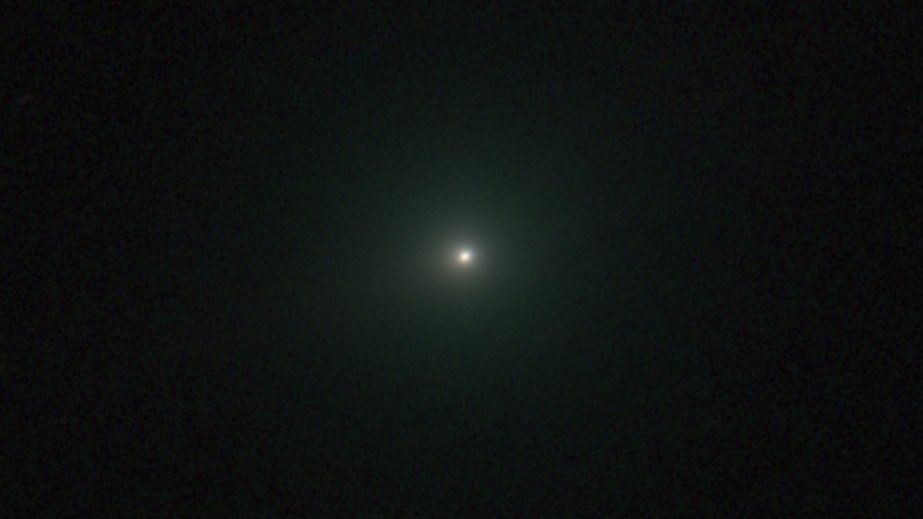- NASA’s Perseverance Rover Reveals Mars’ Watery Past and Clues to Ancient Life SciTechDaily
- Spacing Out: NASA Finds Bio Signature on Mars UToledo News
- NASA Announces a “Groundbreaking Discovery” of Life in Mars — the Evidence Is More…
Author: admin
-
NASA’s Perseverance Rover Reveals Mars’ Watery Past and Clues to Ancient Life – SciTechDaily
-
Grand Theft Auto VI Delay Fails to Faze Take-Two Stock Analysts – Bloomberg.com
- Grand Theft Auto VI Delay Fails to Faze Take-Two Stock Analysts Bloomberg.com
- Grand Theft Auto VI delayed again – “When we set a date, we really do believe in it” The Game Business
- GTA 6 release delayed to November 2026 BBC
- Rockstar Games Delays…
Continue Reading
-

Hydroxychloroquine As Adjunct Therapy to Reduce Proteinuria in Chronic GN
Patients with chronic glomerulonephritis (CGN) experience persistent kidney damage associated with inflammation and may experience proteinuria. Hydroxychloroquine (HCQ) is commonly used for its immunomodulatory properties and is a potential…
Continue Reading
-

Older Age, High BMI, Early Steroids Linked With Longer Urticaria Duration
While most patients with
urticaria in the primary care setting recover quickly, a notable proportion develop chronic urticaria (CU), according to new researchpublished in Clinical & Experimental Allergy. 1The study identified higher age at…
Continue Reading
-
Petrobras’s Top Oil Field to Start Next Platform in December – Bloomberg.com
- Petrobras’s Top Oil Field to Start Next Platform in December Bloomberg.com
- Petrobras Readies Next Buzios Platform After Record Output Crude Oil Prices Today | OilPrice.com
- Brazil Ramps Up Top Deep-Water Oil Field And Adds to Global Glut Bloomberg.com
- Brazil’s Petrobras executing investments faster than expected, says CFO TradingView
- Brazil in the Spotlight RMI
Continue Reading
-

Elena Rybakina shocks Jessica Pegula to reach maiden year-end final
2025 WTA Finals – Rampant Rybakina continues stellar season-end streak
A week ago, Rybakina had shown her quality by finishing as one of the top eight women’s singles players this year. Now she has reminded the tennis world that she is not…
Continue Reading
-

Brazilian Grand Prix: Norris on pole in spring qualifying
SÃO PAULO — Lando Norris took pole position for Brazil’s sprint race in what he hopes will be a weekend he takes a stranglehold on the Formula 1 drivers’…
Continue Reading
-

Irradiated Comet 3I/ATLAS glows green and hides its tail in new image
Qicheng Zhang used the Lowell Observatory to observe comet 3I/ATLAS in all of its green glory. (Image credit: Qicheng Zhang/Lowell Observatory) A new image of comet 3I/ATLAS has revealed that the interstellar visitor is glowing green and…
Continue Reading
-

Lowering air pollution has a hidden cost called “clean air paradox”
Earth’s mirror is dimming over two of its largest ocean basins, and that lost shine is turning into heat. A new study finds that marine cloud reflectivity, caused by cleaner air, has dropped by roughly 2.8 percent per decade across the North…
Continue Reading
-

Some p53 mutations could help fight cancer, Baylor study finds
Researchers at Baylor College of Medicine, Texas Children’s Hospital, the Hospital for Sick Children in Toronto and collaborating institutions revealed in Nature Cell Biology a strategy that helps medulloblastoma, the most prevalent…
Continue Reading